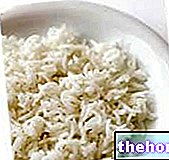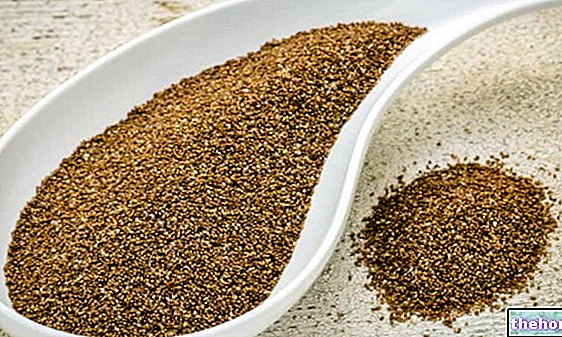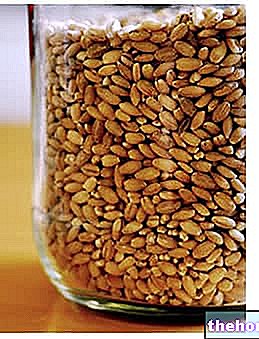Cereals are herbaceous plants belonging to the botanical genus Poacee or Graminaceae. Very useful for human nutrition, the seeds of cereals are mainly consumed rich in starch.

Not all cereals are the same; they differ for the biological species, for the botanical characteristics, for the gastronomic application of the seeds and for the relative nutritional content and so on.
Some cereals, for example, contain nutritional factors that are not tolerated by some hypersensitive people. We are talking about gluten, a protein that is harmful to the health of celiacs.
In fact, grains don't really contain gluten. This polypeptide, which once structured resembles a "sticky network", is formed by the combination of two peptide elements (belonging to the groups of: gluteline and prolamine) in the presence of water.
As many readers will already know, gluten is an essential factor for the natural leavening of flour and water-based doughs (with the addition of sourdough, mother yeast, biga, beer yeast); for this reason wheat or wheat flour - the cereal that contains the most - is considered the most suitable ingredient for bread making (bread production).
However, the merits that gluten gives to the doughs do not matter to celiacs who, despite themselves, by introducing this protein with the diet, manifest symptoms and sometimes even serious disorders. In the long term, a celiac who systematically eats cereals with gluten risks contracting the so-called celiac disease.
Wheat or wheat is therefore not the only cereal containing gluten; in the following article we will find out what they are.
or ssp. turanicum), aestivumDo oats contain gluten?
Recent studies (Why Oats Are Safe and Healthy for Celiac Disease Patients - 2016) have shown that the intake of oats (Avena sativa) does not induce - in the vast majority of cases - immune-mediated epithelial reactions of the intestinal mucosa typical of celiac disease.
Oats contain avenins, similar but not equal to the prolamins of wheat, in quantities of 10-15% of the total protein intake (against 80-85% of the prolamins in the other case). The data collected tell us that it is very rare (but not impossible) that, in celiacs, the T cells of the immune system recognize and react to avenin-specific epitopes.
The analyzes carried out on the seeds provide evidence of the absence of toxic gliadin-like peptides in oats, confirming that it can be definitively considered safe for consumption by celiac people. On the other hand, the introduction of oats in the gluten-free diet of patients with celiac disease is recommended only after the total recovery of intestinal health.
Does sorghum contain gluten?
In the past it was believed that sorghum, used for bread making in Africa, also contained gluten. A fairly recent study (Sorghum, a healthy and gluten-free food for celiac patients as demonstrated by genome, biochemical, and immunochemical analyzes - 2013), however, denied this hypothesis.
The analyzes carried out on the cereal provide reliable evidence on the absence of peptides similar to gliadin, therefore toxic for celiacs, in the sorghum. The findings therefore confirm that, in the diet of celiac people, the cereal can be considered definitively safe.
The fact remains that some varieties of sorghum, no longer used for human consumption, contained other potentially harmful active ingredients. These, which have nothing to do with gluten and celiac disease, belong to the category of cyanogenic glycosides. by itself that the types of sorghum used in human nutrition are, for genetic selection and treatment, free of these factors and can be considered safe.
Another gluten-free food is Yuca.
. , the specific intolerance towards this protein.
In addition to the full-blown cases, it is possible to recognize a series of atypical symptoms of an extra-enteric nature that seem to unite many subjects who tested negative for celiac disease; at the moment it is very difficult to establish whether it is a sort of collective hysteria dictated by the trend, a concrete reaction linked to the irritability of the colon or a real collective hypersensitivity.
The fact remains that cereals containing gluten are a very important source of sustenance, therefore, before unfairly demonizing them, it is appropriate to wait for scientific experiments that demonstrate or deny the hypersensitivity mechanisms linked to the intake of this protein.
Gluten Free Cereal Salad
- Go to the Video Page
- Go to the Video Recipes Section
- Watch the video on youtube
















.jpg)











